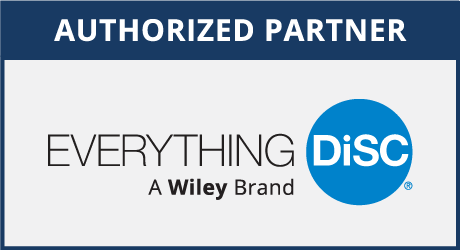Recently I was faced with the challenge of making a difficult decision. I was torn between continuing to volunteer in a leadership role that I thoroughly enjoyed and where I was successful or to pursue a newly created role that had greater potential to impact more people. While this might sound like a fairly easy decision for others to make, I was extremely passionate about what I was doing but was also feeling the tug to do more.
There is nothing easy about making a difficult decision (SMILE). In addition to evaluating the facts, you must also address the emotional side of making a tough decision. Now the decision goes from being hard to being complex.
Learning how to balance the emotions with the facts is very important when dealing with a difficult decision. The fear of the unknown often causes me to avoid making the decision, while the pressure to make the “right” decision results in a lot of stress and anxiety. What will others think of my decision? What if it doesn’t turn out the way I thought it would or should? Then what?

I have been faced with a lot of difficult decisions to make in both my personal and professional life. Here are a few strategies that have helped me over the years make difficult decisions easier.
Explore the potential outcomes and consequences. Sometimes when you are so close to a situation it is helpful to consider different views. You can explore all options by asking the following four questions followed by “and what else?”
- What will happen if I do “x”
- What won’t happen if I do “x”
- What will happen if I don’t do “x”
- What won’t happen if I don’t do “x”
Journal your thoughts (hopes, fears, concerns). Focusing too much on feelings during the decision-making process can be misleading and often leaves you confused. Journaling those feelings, however, has proven to be a good problem-solving tool because it brings clarity and helps you gain valuable insight and self-knowledge. This process is especially helpful on days when you have a clear mind and can document the pros and cons of the decision without any emotional bias. These journal notes will help during those times you start to second guess your decision.
Examine your motives. What is the driving motivation for this decision? What is the “right thing” to do? Are you motivated by a personal agenda or by what is in the best interest of the team or organization?
Explore external resources. In an effort to avoid analysis paralysis (especially if this is a potential weakness for you), clarify the definition of “responsible research” in advance. Would it be helpful to talk with someone who has experience? How many people should you speak with? What types of resources should you review? What is a reasonable length of time to spend on research?
Get a clear vision of how you would like things to be. If you could wave a magic wand and instantly achieve the ideal outcome or solution, what would it look like? Are there other options you can consider? Rather than one major decision is there a series of smaller actions you can take to achieve a better result? When making decisions or taking action, it is also important to keep in mind what you can only influence versus what you can control.
Envision the “worst case scenario” and identify steps can you take to be more proactive and prepared. This step alone can minimize the anxiety around making the decision.
Extend open and honest communication. When communicating the decision to others, be mindful of your verbal and non-verbal communication. Be prepared to discuss the challenge and the options that were considered. Review the final decision and emphasize the desired results. Remember, adults are wired to think “what’s in it for me.” Take time to talk about the personal benefits to them and then get them involved (if possible) in creating the plan.
Regardless of who you are and what you do for a living, making difficult decisions is something we all face. It’s not always something we want to do, but often times its something we must do.
By the way – I decided to move forward in the new role because I saw it as the best way to help our whole organization grow and prosper – even the group I was “leaving behind.” I structured a gradual transition plan for the new leaders and have stayed involved enough to help smooth any issues. It is too early in my new role to report on the progress … but I have decided that it will be my best decision ever!




